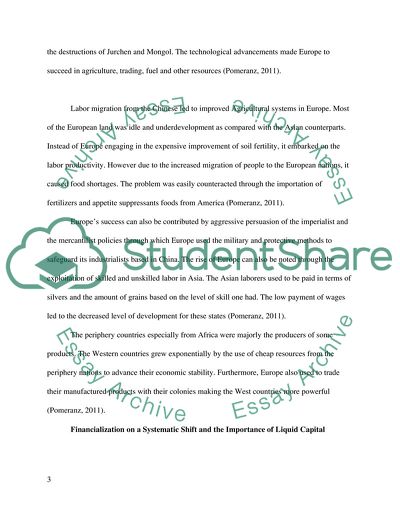Cite this document
(“The Making of The Modern World Economy Coursework”, n.d.)
The Making of The Modern World Economy Coursework. Retrieved from https://studentshare.org/social-science/1679646-the-making-of-the-modern-world-economy
The Making of The Modern World Economy Coursework. Retrieved from https://studentshare.org/social-science/1679646-the-making-of-the-modern-world-economy
(The Making of The Modern World Economy Coursework)
The Making of The Modern World Economy Coursework. https://studentshare.org/social-science/1679646-the-making-of-the-modern-world-economy.
The Making of The Modern World Economy Coursework. https://studentshare.org/social-science/1679646-the-making-of-the-modern-world-economy.
“The Making of The Modern World Economy Coursework”, n.d. https://studentshare.org/social-science/1679646-the-making-of-the-modern-world-economy.


